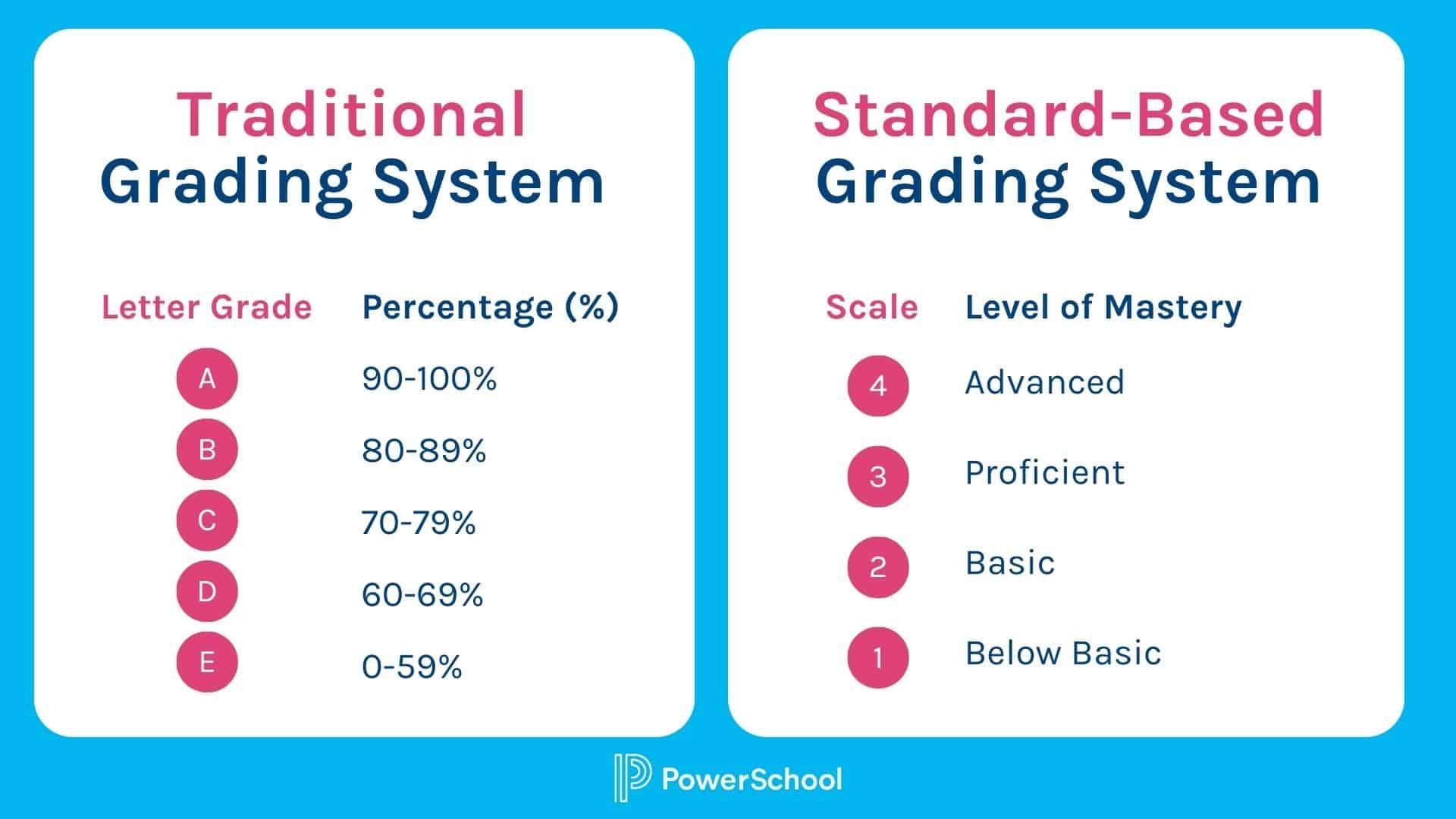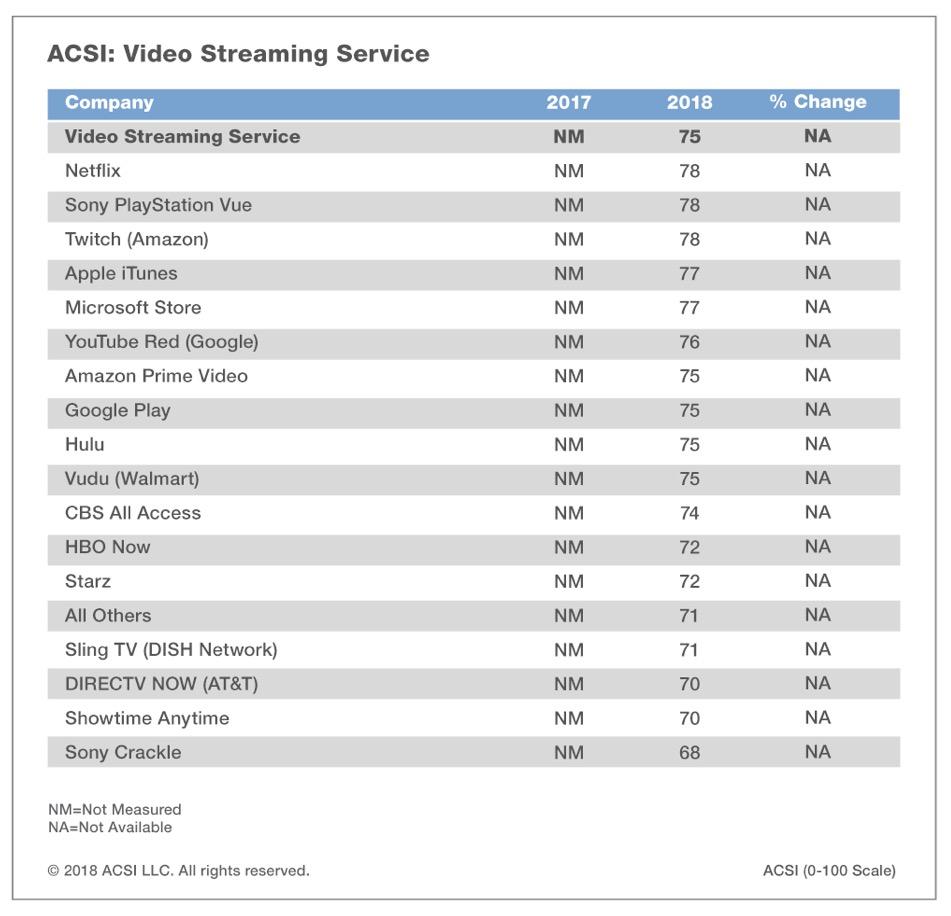In the rapidly evolving landscape of digital entertainment, streaming services have become a cornerstone of media consumption, offering unprecedented access to a diverse array of films, series, and documentaries. As these platforms continue to grow in popularity and reach, the question of whether they should implement a standardized content rating system has gained increasing attention. Proponents of such a system argue that it would empower viewers to make informed decisions, enhance parental controls, and promote transparency in content delivery. Critics, however, caution against the potential for stifling creative freedom and the challenges of establishing a universally accepted standard. This article delves into the multifaceted debate surrounding content ratings for streaming services, exploring the potential benefits and drawbacks, and considering the ways in which these platforms might navigate the complexities of content classification. With an optimistic outlook, we examine how a thoughtful approach to content rating could enhance the viewing experience while respecting artistic integrity and diverse audience needs.
Evaluating the Current Landscape of Streaming Services and Content Ratings
In the ever-evolving world of streaming services, the absence of a universal content rating system is becoming a significant talking point. While traditional media platforms have long adhered to established content ratings, streaming services have been left to navigate this territory independently. This has led to a patchwork of rating systems, where each service interprets content warnings differently, creating confusion for viewers. As streaming giants continue to expand their content libraries, the need for a standardized rating system is increasingly apparent. A universal system could provide clarity and consistency, allowing viewers to make informed decisions about what they watch, ultimately enhancing the user experience.
- Consistency: A unified content rating system would offer a consistent guide across platforms, reducing ambiguity.
- Parental Control: It would empower parents to make better-informed decisions about what their children watch.
- Global Standards: Establishing a global benchmark could help navigate cultural sensitivities and local norms.
Despite potential challenges in implementation, such as varying cultural standards and the vast array of content available, the benefits of a standardized approach are compelling. Embracing this change could set a new precedent, leading to a more cohesive and user-friendly streaming experience worldwide. With the right collaboration between streaming platforms, content creators, and regulatory bodies, a unified rating system could become a cornerstone of the digital entertainment landscape.

Exploring the Benefits of Implementing a Unified Content Rating System
Adopting a unified content rating system across streaming platforms offers numerous advantages that can significantly enhance user experience and trust. Consistency is key; with a standard rating system, viewers can easily understand content suitability across different services without having to decipher varying criteria. This uniformity not only aids parents in safeguarding their children’s viewing habits but also empowers all viewers to make informed decisions about what they watch.
- Increased Transparency: A unified system fosters greater transparency, allowing users to know exactly what to expect from a piece of content regardless of the platform.
- Enhanced Trust: When viewers trust the ratings, they are more likely to explore new content, confident in their understanding of its nature.
- Streamlined Parental Controls: Parents can easily set consistent restrictions across all services, providing peace of mind and reducing the risk of exposure to inappropriate content.
- Market Expansion: By adopting a universal standard, streaming services can potentially reach a broader audience, including international markets where content regulations might differ.
Implementing such a system could also encourage a more responsible approach to content creation and curation, as creators strive to meet the expectations of a globally recognized rating system. This could lead to a more thoughtful and diverse content landscape, benefiting both consumers and the industry at large.

Analyzing Consumer Preferences for Content Guidance and Safety
Understanding what viewers desire in terms of content guidance and safety is crucial for streaming services aiming to enhance user experience. Consumers often seek a balance between unrestricted access to a wide variety of content and the assurance that what they or their families consume is appropriate. A well-structured content rating system could address these concerns by providing clear, easily accessible information about the nature of the programming. Such a system could include features like:
- Age-specific ratings that clearly indicate suitable viewing ages.
- Content descriptors that highlight specific elements such as violence, language, or adult themes.
- Parental controls allowing customization of viewing restrictions based on personal preferences.
By implementing these features, streaming platforms can empower consumers to make informed decisions, enhancing trust and satisfaction.
Moreover, an effective rating system can help in shaping consumer perceptions by promoting transparency and accountability. This fosters a safer viewing environment, particularly for families and younger audiences, while maintaining creative freedom for content creators. The challenge lies in developing a system that is universally recognized and respected, yet flexible enough to adapt to cultural and societal changes. Embracing this challenge optimistically, streaming services can not only safeguard their audiences but also differentiate themselves in an increasingly competitive market.

Strategic Recommendations for Enhancing Viewer Experience Through Ratings
- Implement User-Friendly Rating Systems: Streaming platforms can enhance viewer satisfaction by adopting intuitive rating systems that are both comprehensive and easy to understand. This could involve leveraging visual cues, such as color-coded badges or star ratings, that instantly convey the suitability of content for different age groups. By integrating these features directly into the browsing interface, users can make informed decisions without navigating away from their current page, thereby streamlining their viewing experience.
- Incorporate Community Feedback: Engaging viewers in the rating process can lead to a more dynamic and relevant system. Allowing users to contribute their own ratings and reviews creates a sense of community and ensures that the rating system reflects a wide range of perspectives. Platforms might employ a combination of algorithmic sorting and user-generated input to highlight trending or particularly well-received content, thus guiding new viewers towards popular selections while maintaining a personalized touch.
- Leverage AI for Personalized Recommendations: By utilizing artificial intelligence, streaming services can analyze viewing habits and preferences to provide tailored content suggestions based on individual rating patterns. This approach not only enhances the discovery of new content but also aligns with the user’s specific tastes and comfort levels, ensuring a more satisfying and engaging viewing experience.







































